Hey guys, Im Spragg, I do deep dives into various different coins/tokens on youtube and thought since I've already scripted them for the video's Id post a summarised version here, for anyone interested here's a link to the full video version: https://youtu.be/ivC6lTkt688
Preface
It’s no secret that Ethereum has scalability issues in it’s current state with gas fees growing to the point that buying a $5 .ETH domain will run you over 300 dollars in gas fees, but implementing a solution to this, like Ethereum itself, will be a slow process. This problem is only going to continue to get worse with more and more Dapps being created and the network getting more and more congested. However, back in 2017 a team comprised of Jaynti Kanani, Sandeep Nailwal and business consultant Anurag Arjun, identified this fundamental problem with Ethereum and set out to create MATIC.
What is Polygon?
To call Polygon just a layer 2 is somewhat of a disservice however with Plasma side chains, EVM sidechains, and a view to implementing even more layer 2 approaches like Optimistic Rollups which is where the scalability of Plasma would be sacrificed but they could provide a side chain running and OVM, or optimistic virtual machine, which would allow the side chain to run any application that Ethereum can run.
Polygon works by having 3 distinct layers, Bor, the block production layer, Heimdall, the proof of stake layer, and then the smart contracts built on Ethereum itself.
Starting with Bor, this layers sole responsibility is to take transactions made on the Polygon network and aggregate them into blocks for validation. To select block producers all of the validators are given slots depending on their total stake, this then builds a pool of slots for the chain to choose from. Then, this pool is shuffled and then producers are selected from the resulting pool, with the number varying depending on how many are required for that sprint.
Once the blocks have been created its on Heimdall to validate those blocks and perform the checkpointing. After a certain number of blocks have been produced by BOR, a validator within the Heimdall layer will be tasked with validating those blocks, building a hash tree out of them and then publishes that tree back to the main chain for ratification.
Since the staking is actually performed via the Ethereum smart contract, the Polygon chain security is inherited from Ethereum, which means that dishonest validators wouldn’t be enough to take the network down.
Polygon Name Change
As I mentioned previously, Polygon’s goal within the crypto space is to provide an internet of blockchains on top of the Ethereum, and in the future other basechains. This, they felt was not properly represented by the original MATIC name.
This is why earlier last year they rebranded as Polygon, aiming to signify that they are trying to become the Polkadot of Ethereum.
Polygon vs Ethereum layer 1
With ETH 2.0 coming soon theres some question of whether there will even be a need for Polygon, but while the initial goal of Polygon was to solve the scaling issues, what the ecosystem has grown to goes far beyond this.
In fact data sharding, a feature coming in ETH 2.0 is actually specifically designed with layer 2 networks in mind to allow for additional security, the two platforms will compliment each other.
It’s too easy in the crypto space to thing of chains like the one ring, where just because a chain in the future will offer greater utility that it’ll kill off all other chains, but in reality, just because we know where Ethereum is going to be, we don’t know where Polygon will be.
Who's building on Polygon
In terms of DeFi, AAVE, an extremely popular lending platform holds the most total value locked on the chain which according to DeFi Llama accounts for 39% of the total value, followed by Quickswap which is a platform that unlike AAVE only exists on Polygon.
Another area in which Polygon seems to be gaining market dominance in the gaming category.
For those who don’t know Axie Infinity is a game loosely based on Pokemon built on top of Ethereum and was recently valued at 3 billion dollars, with the games creators Sky Mavis becoming the fifth biggest game development company on the planet.
While not connected to polygon this just goes to show how insanely popular blockchain gaming has become, most likely due to the influx of people hoping to make great quantities of wealth from crypto while not having the capital to necessarily achieve it, which has lead to people being drawn to anything that allows them to generate money just by playing a game.
On the Polygon network there is 59 registered games, with the largest being Arc8 which is the 3rd largest blockchain gaming platform full stop with close to a billion dollars of assets locked by its smart contract and over 19 thousand users in the last 24 hours.
Supply and Distribution
On the supply and distribution side of things as of October 2021, the final MATIC tokens were distributed bringing the total supply up to 10 billion, with the circulating supply sitting at 7 billion.
In terms of the distribution, ignoring the largest group, which is the ecosystem itself, the two largest groups of holders are those who purchased during the launchpad sale, accounting for 19% of the total supply, and the Polygon foundation who also hold 19%.
It should be noted that between May 2021 and now, the two groups that actually increased their % holdings in comparison to the rest of the holders are the Polygon Foundation and the Polygon Team.
However, Polygon have issued their breakdown of how the foundations tokens will be used which is mostly Technical Development and Legal.
Concerns
While I don’t think by any means that ETH 2.0 is going to cause Polygon to suddenly have no use case and disappear, its currently impossible to say just how tempting building directly on Ethereum is going to be in the future and how much it'll hurt the long term prospects of Polygon.
Right now the utility and cost are two major factors that would sway a developer to choose Polygon over Ethereum, however if the cost reduction is substantial enough with ETH 2.0 then it’ll be purely down to what utility the chain can provide, which if Polygon continues on their current roadmap as planned shouldn’t be an issue because even with a reduction in gas fees the overall usefulness of Polygon will outperform Ethereum but its still a concern.
For things like NFT’s which lately have started to crop up more and more on Polygon the only real motivating factor for chain choice is gas fees which we might see the current rise in interest in Polygon in the NFT market shift back towards Ethereum if the fees are lower.
[link] [comments]

You can get bonuses upto $100 FREE BONUS when you:
💰 Install these recommended apps:
💲 SocialGood - 100% Crypto Back on Everyday Shopping
💲 xPortal - The DeFi For The Next Billion
💲 CryptoTab Browser - Lightweight, fast, and ready to mine!
💰 Register on these recommended exchanges:
🟡 Binance🟡 Bitfinex🟡 Bitmart🟡 Bittrex🟡 Bitget
🟡 CoinEx🟡 Crypto.com🟡 Gate.io🟡 Huobi🟡 Kucoin.



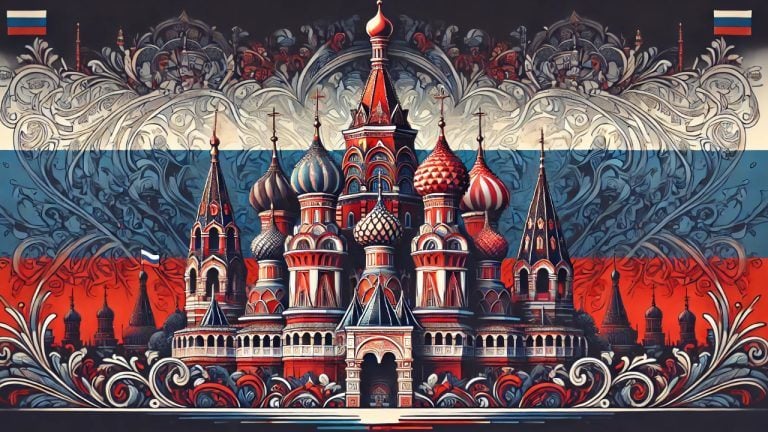
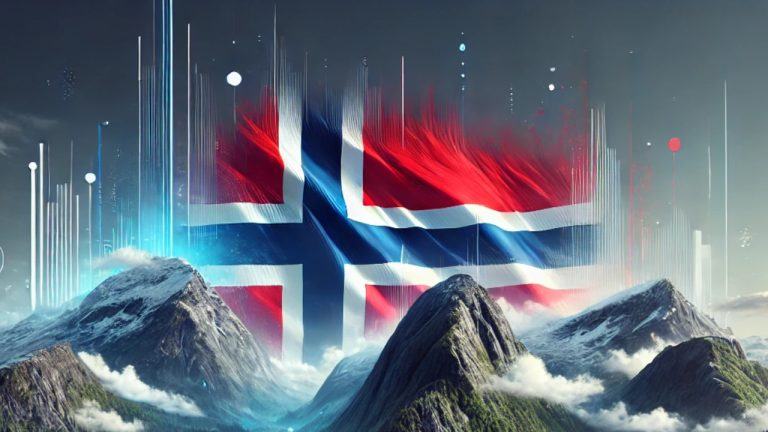
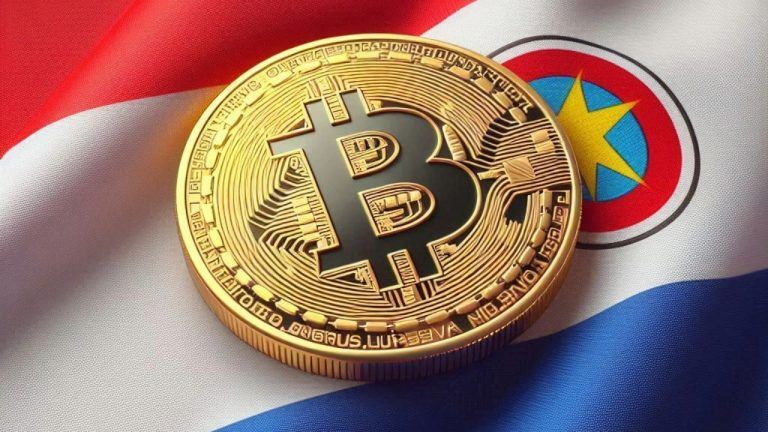



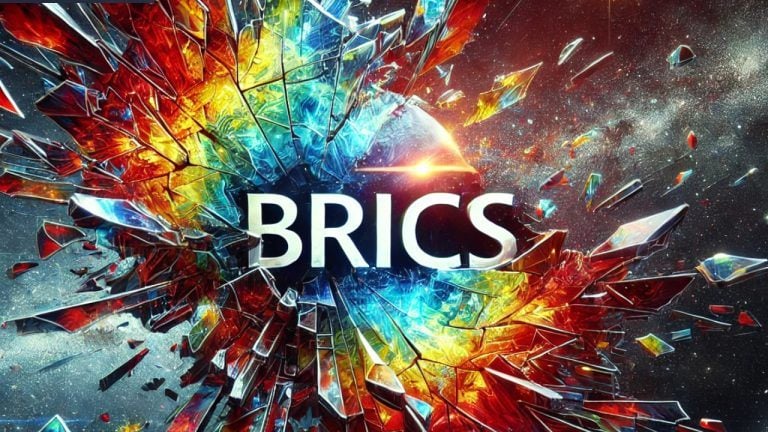
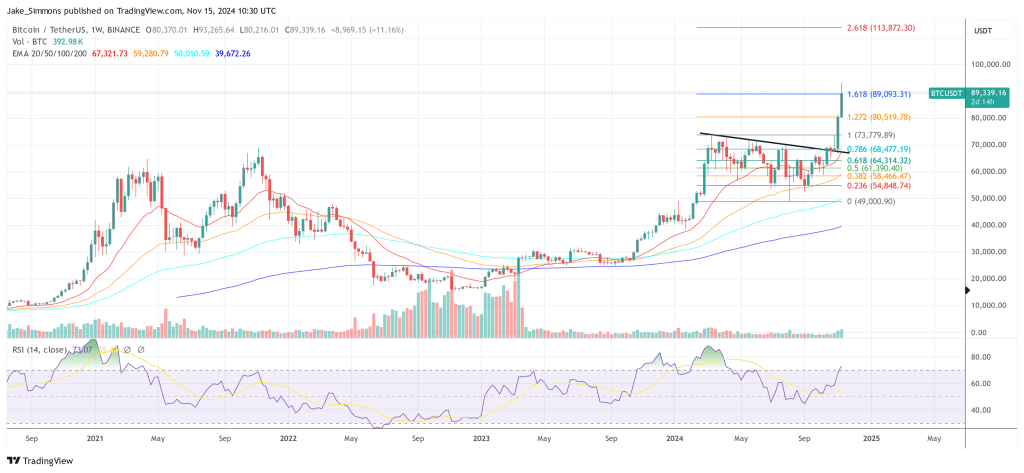

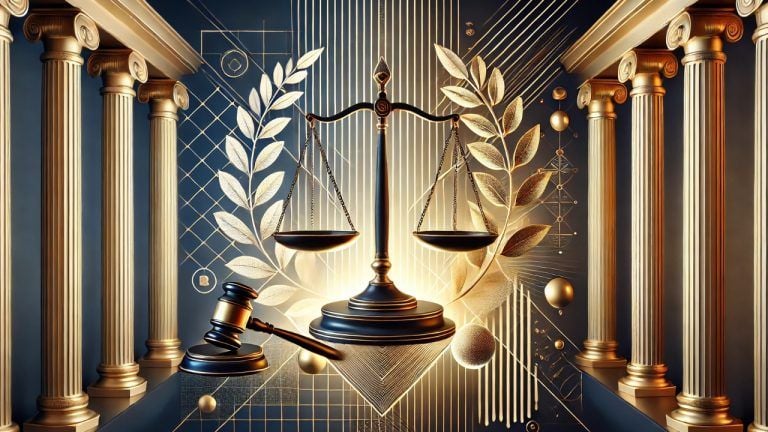

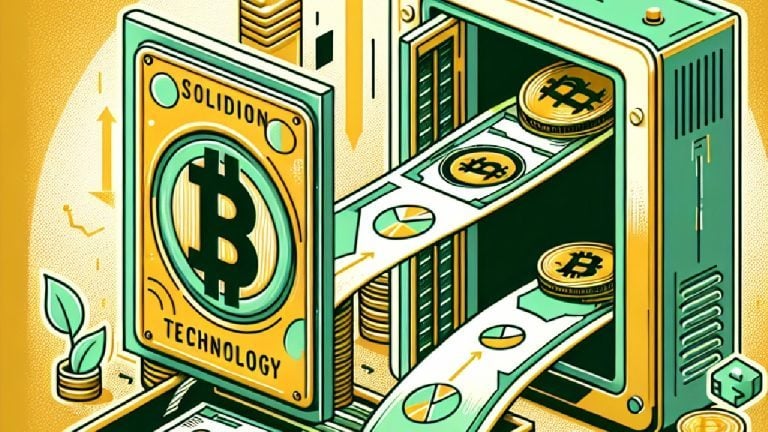


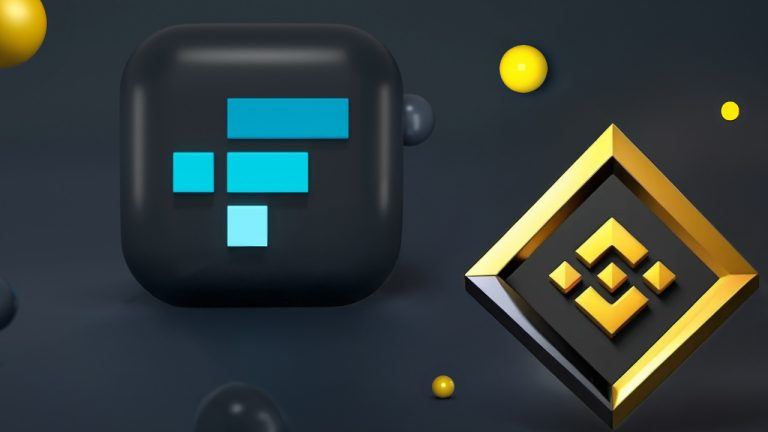
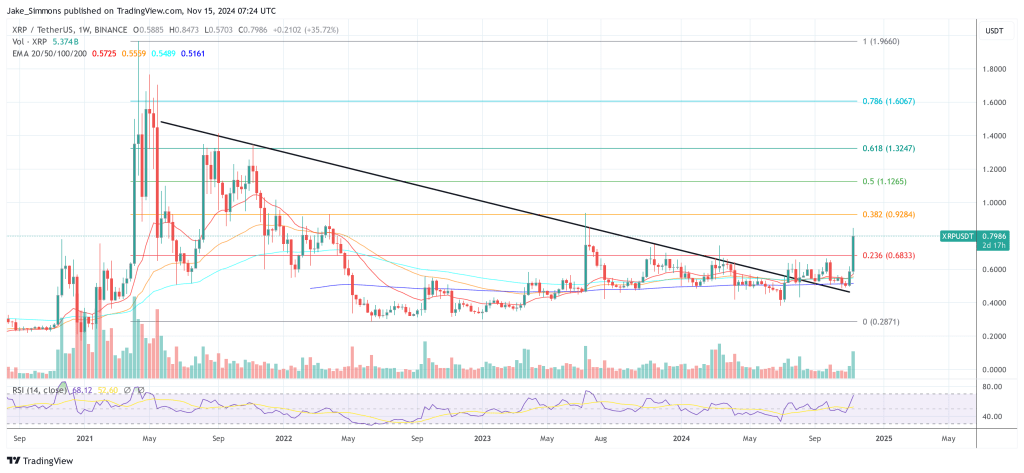

Comments